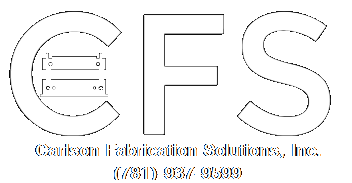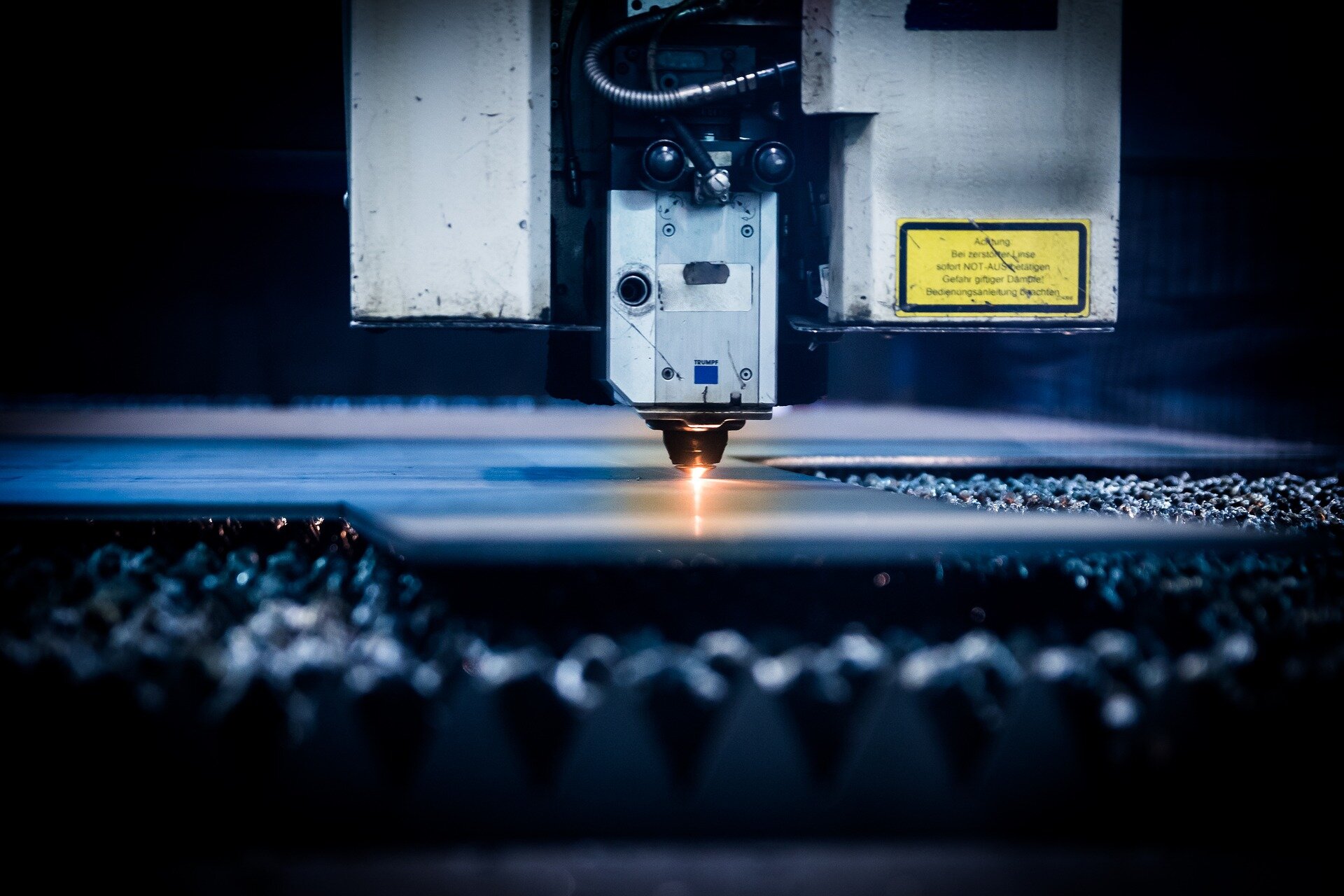Laser cutting is one of the fastest and most accurate ways to cut metal. With the help of MC Machinery, Mitsubishi Laser manufactures and delivers some of the highest quality in the industry. The two main types of lasers they produce are fiber-optic laser cutting and CO2 laser cutting machines. Laser cutting has become so popular in recent years that not only do more companies have lasers nowadays, but small to mid-scale businesses can now afford them and use them for a variety of purposes. However, if the appropriate lasers are not purchased for your business, laser cutting can be more stress to you than ease. In efforts to eradicate potential frustration, Mitsubishi's lasers were produced to make the process as swift and easy as possible. It is for this reason and many others as to why Mitsubishi's lasers are the best for all those involved in metal fabrication.
Mitsubishi Laser
A company that has been in the laser market since 1977, Mitsubishi's MC Machinery understands the nitty-gritty of laser cutting. Producing a variety of different and dynamic lasers that each suit a different purpose, Mitsubishi's MC Machinery tailors its production of lasers towards solving all problems associated with laser cutting. From thick metal cutting to thin metal cutting and to customized metal parts, Mitsubishi has machine types that can cover all metal parts and operational needs. Apart from the fact that they are simple to use, Mitsubishi's lasers are designed in a way that protects their operators from any form of adverse effect associated with using lasers for metal cutting. Not only do they just sell, Mitsubishi laser produces everything related to the machine itself - direct support, service, and parts to the machines they sell. They even produce state-of-the-art laser automation for large processing power and one of the fastest times for throughput in the industry.
The Best Lasers for metal
Mitsubishi's lasers are now produced with 100% more fiber which provides customers with a unique experience of laser cutting. With more fiber, the equipment enhances the pace of metal cutting by providing a beam for higher cutting speeds. Mitsubishi's fiber lasers are also ideal for the cutting of thinner materials. This means that, with Mitsubishi's lasers, you do not need to worry about the size of metal you are to cut. Just as CO2 is suitable for cutting thick metals , Mitsubishi's lasers are also efficient for cutting thin metal materials.
(also see “What is the Difference between CO2 and Fiber Laser Cutting?”)
Fiber lasers
Mitsubishi Laser now has the fastest fiber laser (per kilowatt) in the industry which is Mitsubishi's Advanced 800 EX-F series, their premier product. What makes it one of Mitsubishi's best laser products is the accuracy it offers in terms of processing and safety. Meanwhile, it is easy to set up and use.
The fastest laser in the industry (per kilowatt): Mitsubishi's Advanced 800 eX-F series
eX-F - The fastest fiber laser in the industry, per kilowatt. That alone should sum up its greatness.
The XL-F series feature high-speed and heavy-duty motion system. It reduces up to 50% of processing time. It is a PC-based laser which has touch-screen 64-bit NC control with user interface and full network ability.
RX-F - The new RX-F series is a combination of eX-F and RX lasers. It comes with a 4m by 2m footprint which makes it not only easy to use but also durable.
SR-F - If we were to describe the SR-F series with a word, it would be 'horse'. The highly-efficient series uses fiber optics to supply its head with direct light as much as required. It also saves space, as it features a 3m by 1.5m footprint.
Learn more about the Fiber laser models here.
Co2 Lasers
While Mitsubishi’s Fiber Lasers are the main focus of metal cutting, their CO2 lasers go above and beyond on other fronts. For the toughest and thickest of metals, CO2 is the way to go. In order to pierce thick metals while maintaining productivity, Mitsubishi delivers both to give you a masterful throughput even for CO2 laser cutting. With cost savings and better efficiency, these top-tier lasers are ones that, given your production needs, you cannot go wrong using. Learn more about CO2 models here. For better customization, learn about five-axis CO2 laser cutting here.
All of these aforementioned products by Mitsubishi's MC Machinery are durable and time-tested as some of the best equipment for metal cutting. So, if you are considering buying a laser and you actually want the best, then our recommendation is to go for the best: Mitsubishi Laser.
Interested in learning more?
Carlson Fabrication Solutions is the official Northeastern US dealer of Mitsubishi’s MC Machinery and Timesavers products. View all our products here.



![The Science Behind How Fiber Lasers Work [With Mitsubishi]](https://images.squarespace-cdn.com/content/v1/5653419fe4b0280166a0f5ee/1610034462913-HC9N0DMUTB9Z3U0SD25G/ADVANCED+eX-F+Series+Layout.jpg)






